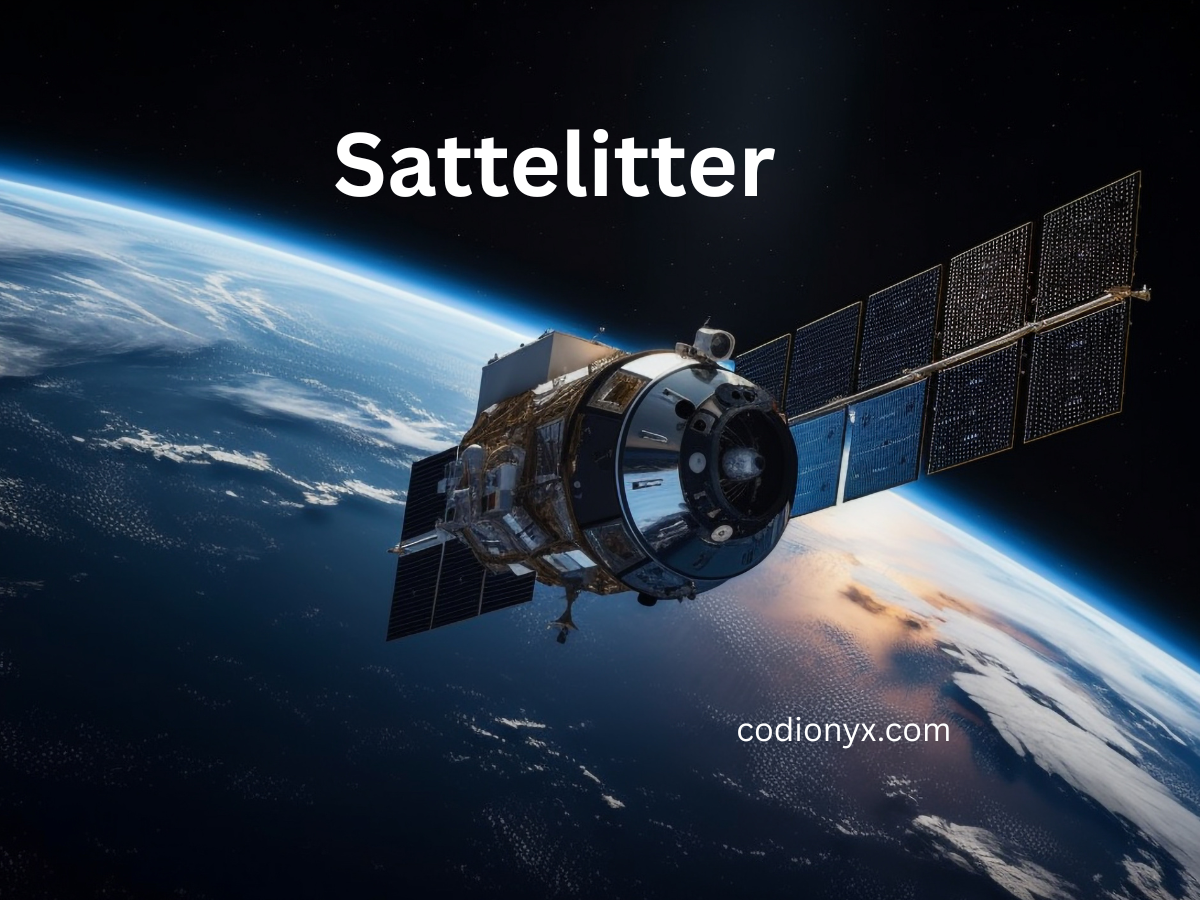Introduction
Satellites are essential for everything in the connected world of today, from scientific research and weather forecasting to communication and navigation. The word “sattelitter,” which comes from the word “satellite,” describes the systems, technologies, and sectors related to the installation and use of man-made satellites. These amazing devices provide vital information and services that influence modern life as they circle our globe and beyond.
Sattelitter: What is it?
A satellite-based system or equipment that is sent into space for a specific purpose is known as a sattelitter. Although dictionaries may not include the phrase, it is frequently used colloquially to refer to satellite-related platforms or technology. These can be anything from tiny educational CubeSats to massive telecom firms’ geostationary satellites.
Depending on their mission, satellites usually orbit the Earth in one of three different paths: geostationary orbit (GEO), medium Earth orbit (MEO), or low Earth orbit (LEO).
Also Read:https://codionyx.com/carmenton-xyz/
Sattelitter Technology Types
1. Satellites for communication
Communication satellites are essential for international information exchange since they are used for phone networks, internet connectivity, and broadcasting.
2. Satellites for navigation
They enable accurate position tracking for personal, military, and transportation purposes and are a component of systems like GPS, Galileo, and GLONASS.
3. Satellites of the weather
They provide meteorologists with crucial information to make precise forecasts by keeping an eye on the climate, weather patterns, and natural disasters.
4. Scientific satellites that aid in space exploration and the collection of important cosmic data are used for astronomy, planetary studies, and space research.
5. Satellites for Earth Observation
They are used to monitor agricultural, environmental changes, and natural resources. They also help with disaster management.
The Operation of Sattelitter Technology
Receiving signals from Earth, processing them, and then returning them—often with extra data—is how satellites work. Ground stations coordinate communications, keep tabs on positions, and oversee operations. In order to ensure long-term operation in orbit, many satellites are powered by solar panels.
Uses of Sattelitter in Everyday Life
Broadcasting on Radio and Television
GPS Vehicle and Smartphone Navigation
Security and Military Surveillance
Disaster Warning and Recovery Activities, Scientific Research, and Space Exploration
Many facets of contemporary life, like weather updates, live sports broadcasts, and real-time communication, would not be feasible without satellites.
Sattelitter Technology’s Future
Satellites are becoming more affordable, more efficient, and smaller because to developments in AI, miniaturisation, and launch technology. Future satellite projects seek to enable deep-space research and planetary defence systems, while mega-constellations, such as those from SpaceX’s Starlink, are extending internet service worldwide.
Conclusion
The core of contemporary navigation, communication, and environmental monitoring is satelliter technology. Satellites will become ever more ingrained in our daily lives as the business develops, influencing how we communicate with one another and the outside world. There is a lot of potential and innovation in the satellite industry, from tiny educational CubeSats to massive commercial communication systems.
FAQs
Q1. What is a sattelitter’s primary function?
Its design determines whether it is intended for military usage, research, communication, navigation, or Earth observation.
Q2. How do spacecraft maintain their orbit?
They are able to continuously circle the planet by striking a balance between their forward velocity and Earth’s gravitational pull.
Q3. Is it possible to fix satellites in space?
Astronauts can service certain large spacecraft, however most smaller satellites are replaced rather than repaired.
Q4. What is the lifespan of sattelitters?
Depending on their purpose and power systems, the majority have a lifespan of five to fifteen years.
Q5. What distinguishes a satellite from a sattelitter?
The traditional name for satellite-based technologies is “satellite,” but “sattelitter” is frequently an informal or imaginative variant.










